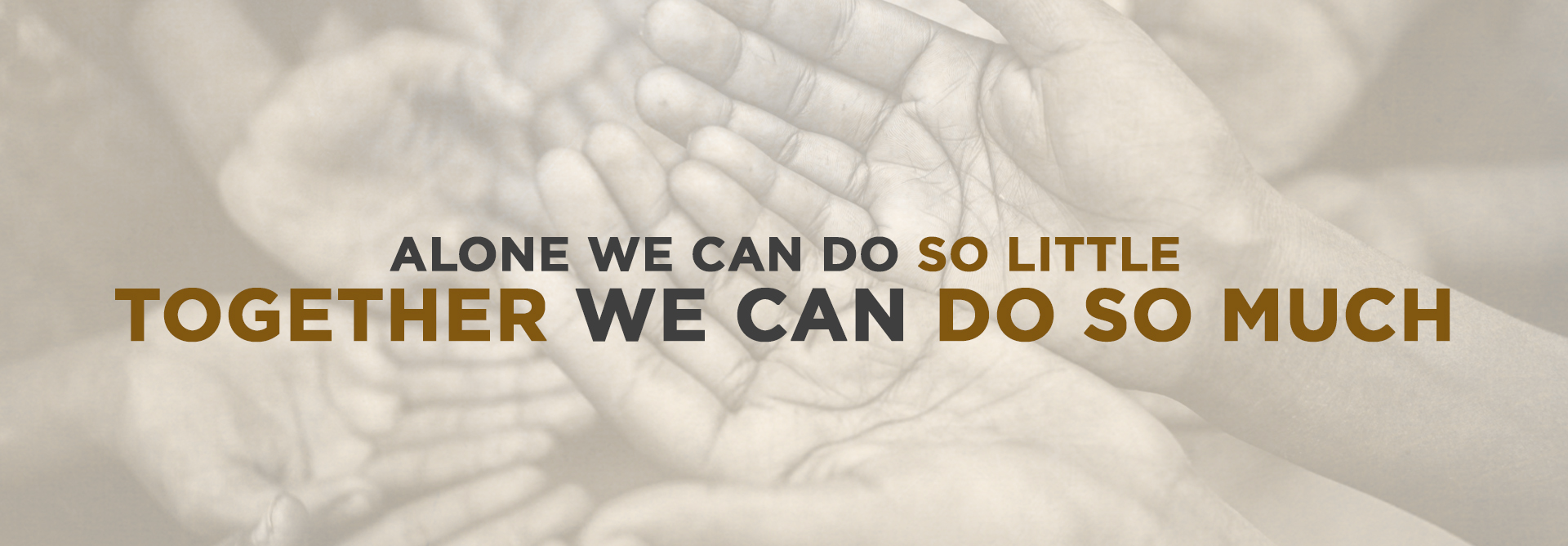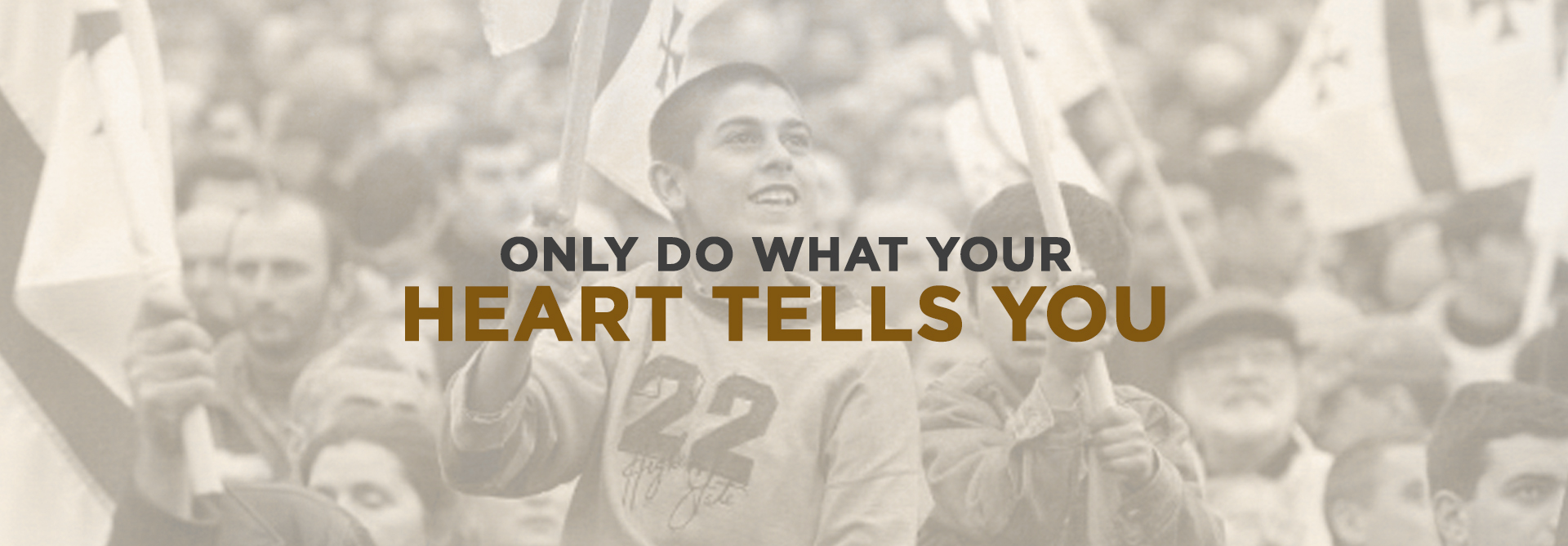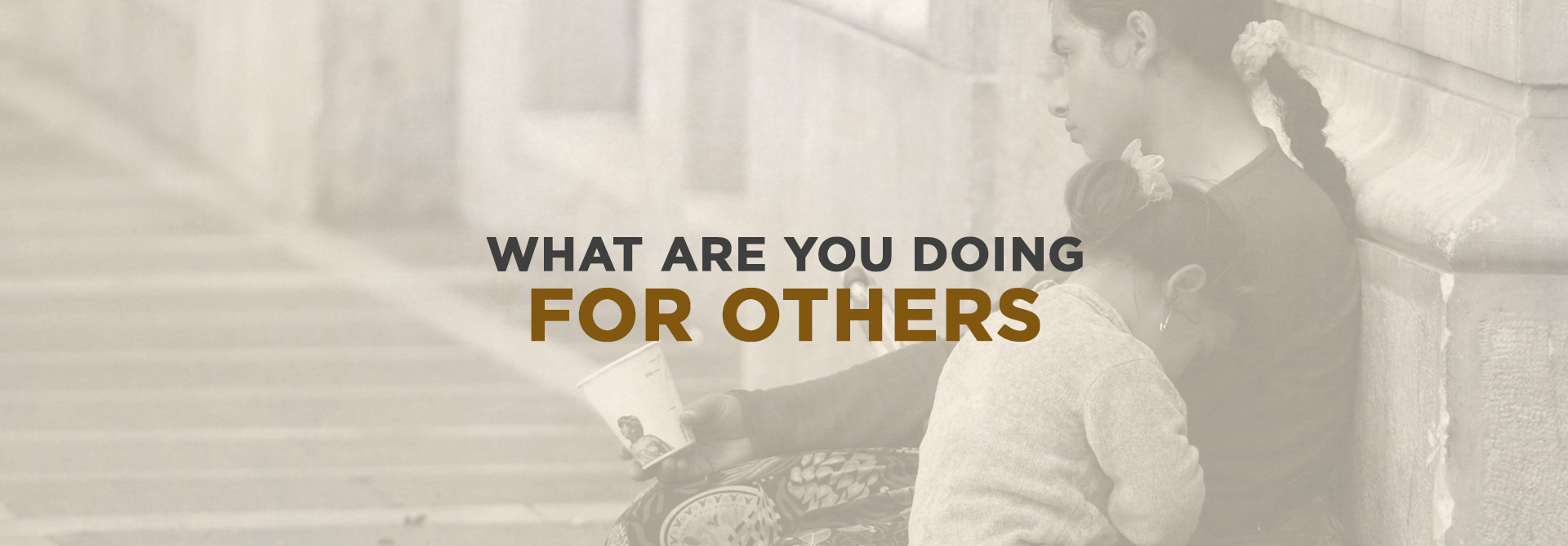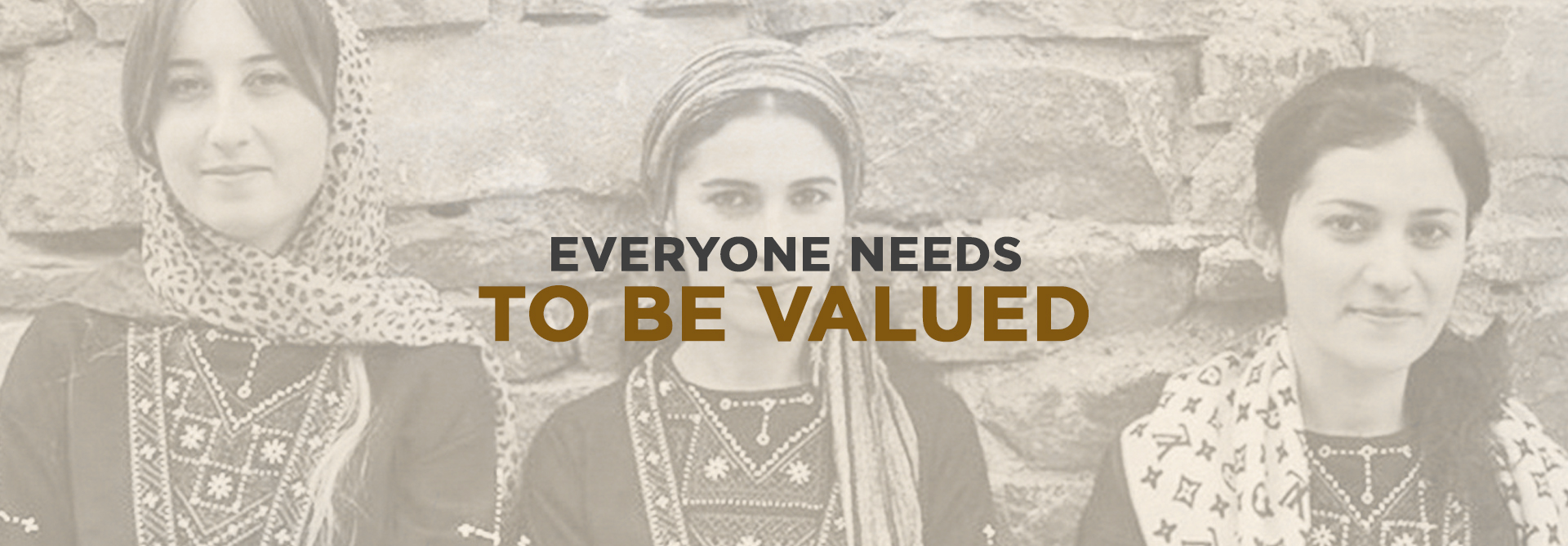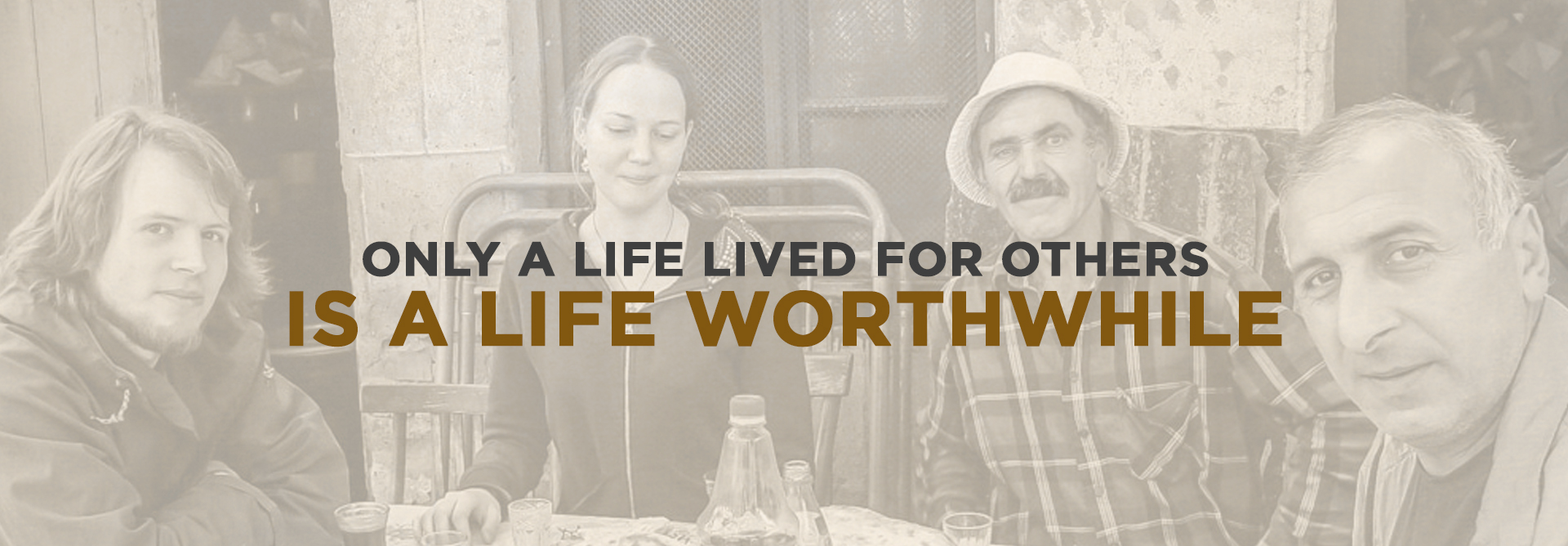

We use a standard four-phase process to develop all of our grants. The duration of each phase depends on the complexity of the project as well as the capacity and geographic location of the grantee.
Phase 1: Concept Development.
We work to identify needs that are in alignment with our focus areas. This phase concludes with an internal decision that a project / grant is aligned to a strategy, and we should proceed.
Phase 2: Pre-Proposal.
We are committed to understanding the perspective of others, in order to further shape the proposed body of work. This phase ends with the decision to solicit a grant or contract proposal.
- Direct solicitation. When we know that an organization is well-suited to perform the work, we directly solicit an early phase concept memo or proposal.
- Discussion. In some cases, we invite one or more organizations to discuss the concept with us and explore their interest and their capacity to undertake the work. If the organization has the expertise, capacity, and interest, we will invite them to submit a concept memo or proposal.
- Request for proposal (RFP): When we want to broaden our network or fund multiple organizations for a project, we may issue an RFP. Public RFPs are posted on our website; private RFPs are directed to specific organizations.
Phase 3: Investment Development.
We give applicants guidelines and templates for developing a proposal, a budget, and a results framework and tracker. We review submitted materials with internal and, at times, external experts and work with the applicant to integrate recommended changes. We also complete our due diligence, confirm the applicant organization’s tax status, determine how to structure the transaction, and assess risk. Our legal and financial analysis teams may also participate during this phase.
Investment proposals are reviewed at various levels, with more levels of review for grants and contracts that are more complex. A foundation executive makes the final decision about whether to fund the proposed grant or contract. Before funded activities can commence, the foundation and the partner organization sign an agreement that includes intended results, targets, milestones or reporting deliverables, and a payment schedule.
Phase 4: Management and Close.
During the life of an investment, the program officer and partner discuss how they will work together and keep in close communication to understand progress and challenges of ongoing work. By maintaining quality interactions and clear and consistent communication, they are able to share feedback early and often. Occasionally a program officer or foundation staff member will participate on advisory committees, and occasionally take a seat on the board of the organization.
At the end of the project, the partner will work with us to submit a final report that summarizes the results achieved and lessons learned.



